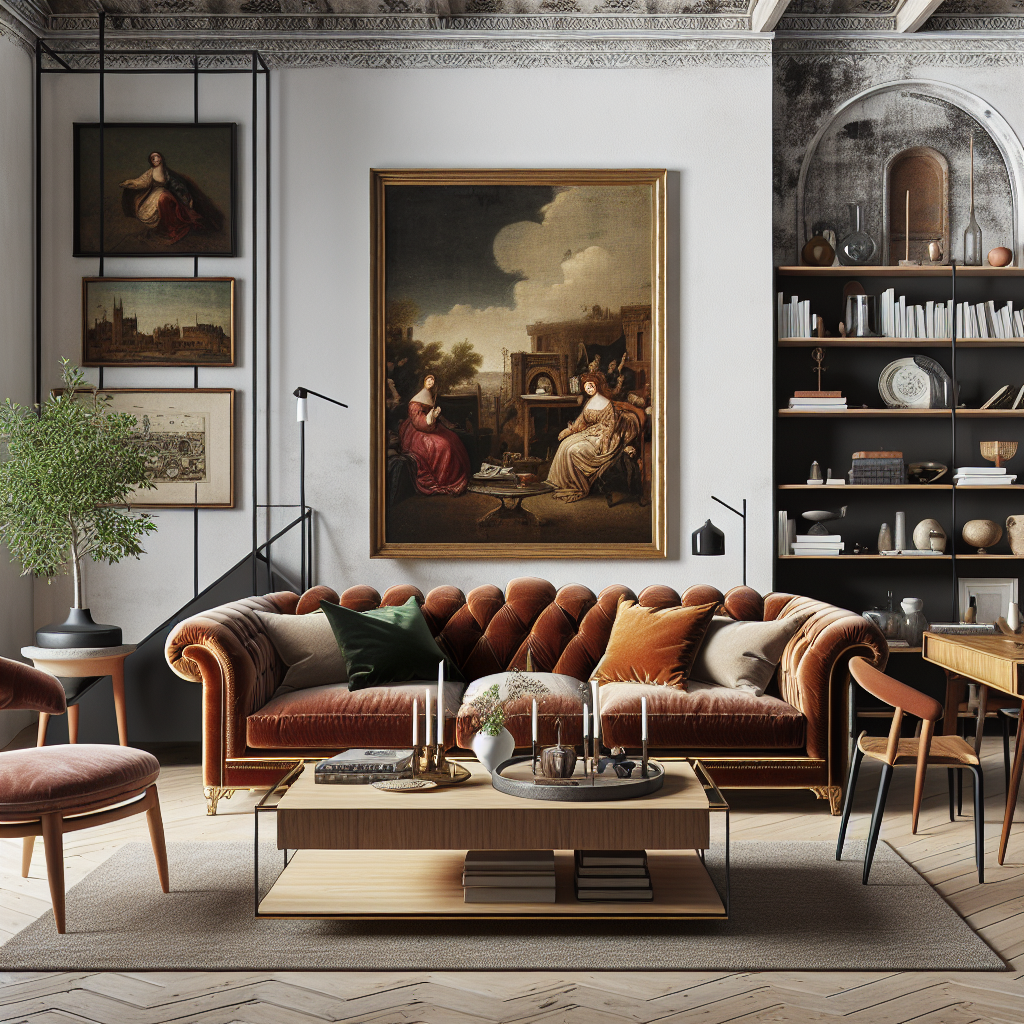The Art of Mix and Match: Blending Different Interior Design Styles
Ever walked into a room and found yourself admiring how the sleek, modern furniture perfectly complements that rustic, old-world charm? That’s the magic of mixing and matching different interior design styles. This harmonious blending can transform any space from bland to breathtaking. But hey, don’t just take our word for it—let’s dive into the art of achieving this eclectic elegance.
Why Mix and Match?
First thing’s first: why should you consider mixing different interior design styles? Simply put, it breaks the monotony. A single design style can sometimes feel too uniform, lacking the dynamism and texture that multiple styles can offer. Mixed styles allow you to reflect a more personalized and unique aesthetic, one that feels curated rather than cookie-cutter.
Understanding The Basics
Before you go wild with your mixing and matching, let’s cover some groundwork. Familiarize yourself with the different interior design styles:
- Mid-Century Modern: Clean lines, functional spaces, and organic forms.
- Bohemian: Vibrant colors, rich textures, and an overall relaxed vibe.
- Rustic: Natural materials, rough textures, and earthy tones.
- Industrial: Exposed brick, unfinished metals, and utilitarian objects.
- Modern Farmhouse: Combining contemporary sleekness with rustic charm.
Principles of Harmonious Mixing
Tossing a Victorian sofa into a minimalistic room can either look like a genius juxtaposition—or a haphazard mess. Achieving the former requires some thoughtful planning:
Stick to a Color Palette
One of the simplest ways to ensure that your different styles mesh well together is to stick to a cohesive color palette. Having a unified color scheme can tie disparate elements together naturally. For instance, combining bohemian and industrial elements? Stick to muted, earthy tones.
Balance is Key
Balance doesn’t necessarily mean symmetry—but it does mean that no single style should overpower the other. If you’ve got a rustic wooden dining table, pair it with modern chairs. This creates visual interest while maintaining equilibrium.
Focus on Focal Points
Identify focal points in each room. Whether it’s an exquisite chandelier or a statement art piece, build your mixed styles around these anchors. This provides a sense of intention and layout, making everything feel thoughtfully curated rather than thrown together.
Practical Tips for Mixing Styles
Layer Textures
Layering textures can add depth and dimension to a space. Consider a plush, modern rug paired with industrial steel furniture, or a smooth leather sofa accented with bohemian-style cushions. The contrast in textures makes the room look rich and appealing.
Nail the Neutral Backdrop
A neutral backdrop can act as a blank canvas, allowing different elements to shine without clashing. Walls painted in shades of white, beige, or gray can make vibrant furniture and decor pieces stand out while maintaining a sense of harmony.
Play with Patterns
Patterns can be tricky to mix, but when done right, the payoff is dazzling. Try combining classic stripes with playful polka dots, or traditional florals with modern geometrics. Just make sure the patterns share at least one common color to pull it all together.
Real-Life Examples
Need some inspiration? Here are a few real-life examples of successfully mixed and matched interiors:
- Modern Boho Living Room: Think sleek couches with rattan chairs and a mix of tribal and abstract art pieces.
- Rustic-Industrial Kitchen: Picture exposed brick walls, iron shelving, and a reclaimed wood countertop.
- Eclectic Bedroom: Combine a minimalist bed frame with colorful, bohemian bedding and mid-century modern nightstands.
Common Pitfalls to Avoid
Even the best intentions can sometimes go awry. Here are some common pitfalls to avoid:
- Overcrowding: Too many elements can make a space feel chaotic. Less is often more.
- Ignoring Functionality: Make sure that the room not only looks great but also serves its intended purpose efficiently.
- Lack of Cohesion: Ensure there’s a narrative or theme that ties everything together, be it through colors, textures, or complementary styles.
Conclusion
The art of mixing and matching interior design styles is all about balance, cohesion, and personal expression. By following these principles, you can create a space that’s not only stylish and captivating but also uniquely yours. So go ahead, channel your inner design guru, and transform your living space into a masterpiece!
PS: Remember to have fun with it! After all, the best interiors are those that make you smile every time you walk into the room.
